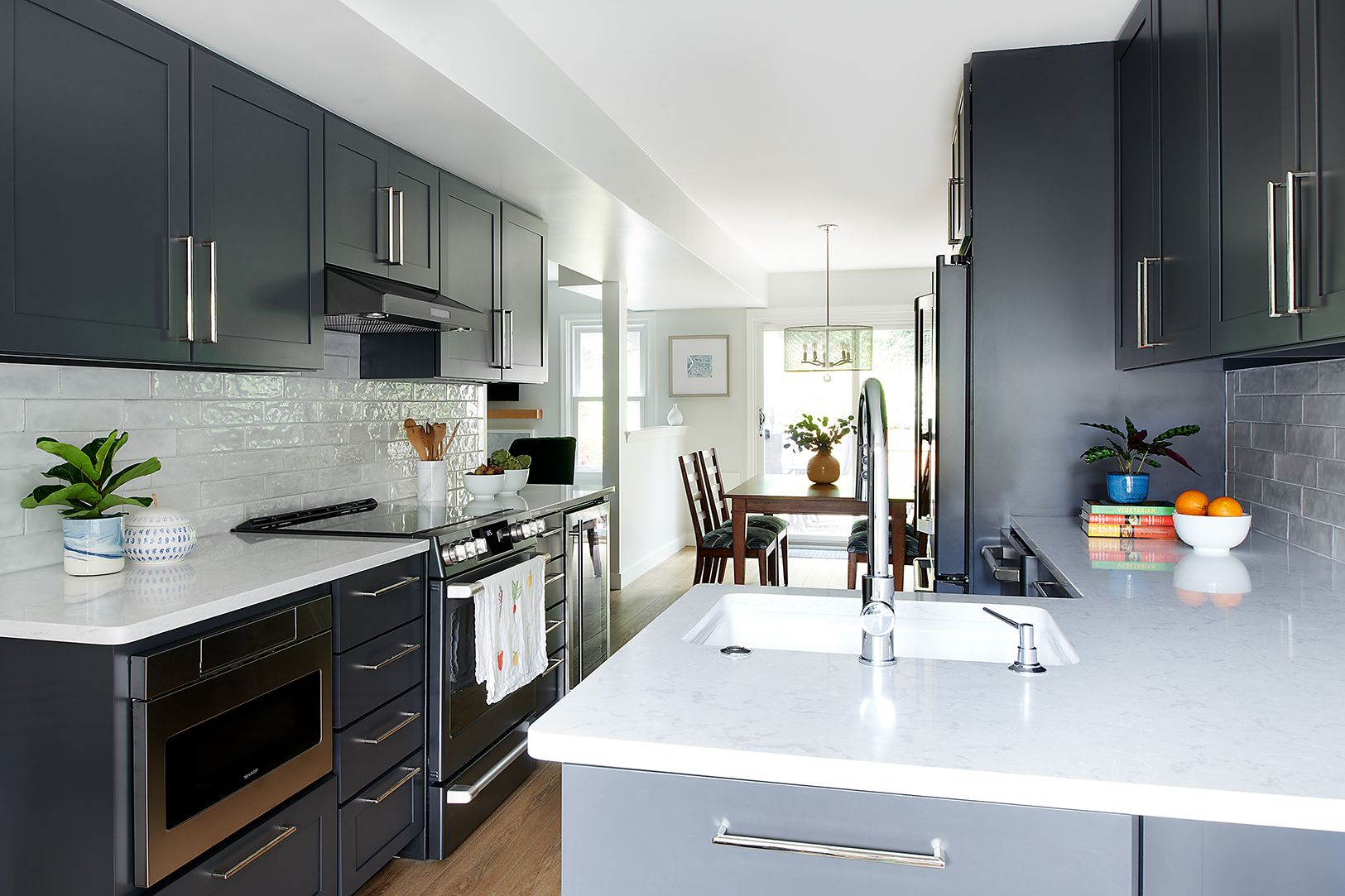Several different types of wood floors are manufactured for use by homeowners, and each offers an array of options for improving the look of your home.
Before you choose flooring, however, you should establish where floor will be installed. This is essential, since not all wood floors are suitable for all locations. For example, engineered wood may be used in most areas, while solid floors are usually recommended for above-ground-level installations, due to humid weather fluctuations.
Flooring made of solid wood flooring is one of the most popular types available. One reason why is because of solid wood’s “rustic” charm and that the wood may be refinished several times. Floors made of solid wood are constructed with one solid piece of wood, approximately 3/4? thick, and are available in a variety of widths.
Some of the most requested domestic hardwoods include American cherry, red and white oak, hickory and maple. Solid wood flooring should be installed above grade and over the appropriate wood subfloors, and must be stapled down or nailed in place since solid hardwood is more apt to react to temperature changes, such as humidity.
Engineered wood flooring is made through a laminating process, with several pieces of hardwood made into planks. These floors have a cross-ply construction, which serves to reduce plank contractor and expansion caused from humidity that you typically find in solid wood flooring. Installation is easy. Engineered floors can be stapled, glued or even “floated” over many subfloors. What makes engineered wood floors even more appealing is that they come in a variety of colors – from exotic woods to North American hardwoods – and because of their natural look, they can be a great, less-expensive alternative to solid wood.

Exotic wood flooring is another flooring type. It gets its name because it includes those varieties of woods not found in North America – and often grown in exotic lands. Some you may have heard of include Tigerwood, Brazilian Cherry and African Mahogany. These collections offer a richness of wood that you would not be able to find in North American lumber, but it is also important to note that because it is a natural wood, the color, tone and appearance may change over time.
Understanding the various floor types will help you make the right choice for your project.

